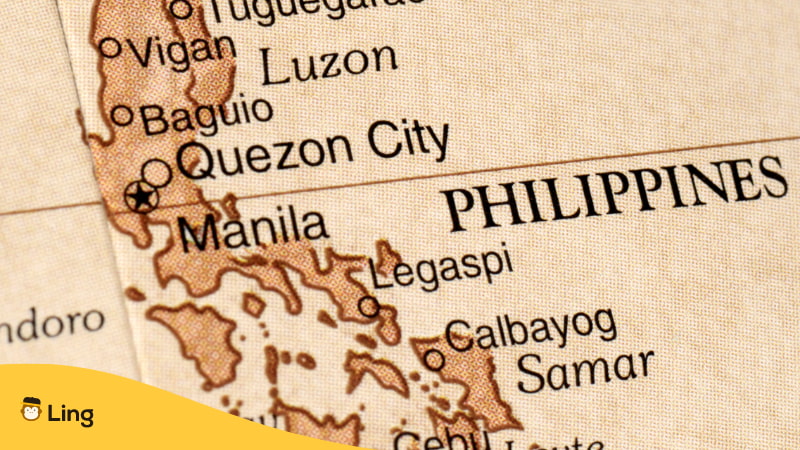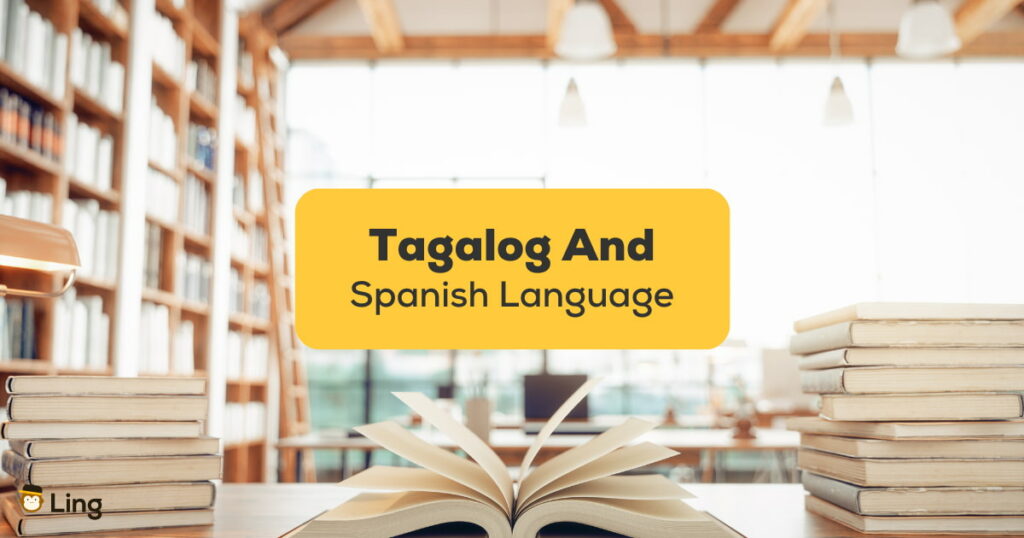Wondering why Tagalog and Spanish language sound alike? Despite the geographical location of the two countries where these languages originated, you might be surprised to know that most Filipinos and Spanish people can actually understand each other.
Some of the Spanish and Tagalog vocabulary words are the same at the basic level, and the only difference is that some are spelled or pronounced differently. Today, we will level up your Tagalog by walking you through the three major distinctions that make each of these languages truly unique.
The 3 Major Differences Between Tagalog And Spanish Language
To answer the question on the differences between Tagalog and Spanish language immediately, let’s tackle that first. Here are the 3 main distinctions:
1. Meanings Changed
While it is true that most Tagalog words have Spanish origins, there are instances where the meanings have changed and have been Filipinized. For instance, the Spanish word Siempre (Syempre in Tagalog) means “always” when translated into English.
However, the meaning is not the same when translated into Filipino. Instead of “always,” it is best known in the country to mean “of course” or “absolutely.” The same is true for the Spanish word seguro (siguro in Tagalog), which means “sure,” but it means “maybe” in Tagalog.
2. Grammar
One way by which you can see whether a language is the same or not is through its grammatical structure. What is the difference between Tagalog and Spanish language with regard to its grammar?
Since Spanish is from an Indo-European language family, it primarily but not exclusively focuses on the SVO order and makes use of conjugation for various aspects like every tense and pronoun. In the case of Tagalog grammar, it mainly uses VSO. Still, it can also use SVO and OVS, depending on the context, and employs a different conjugation system, primarily changing for aspect rather than tense.
Tagalog also takes a gender-neutral form, meaning it generally does not differentiate between genders in its pronouns and vocabulary, including Spanish loanwords, which are adapted without the gender distinctions present in Spanish.
3. Spelling Modifications
While the Tagalog phrases, words, and expressions are mostly borrowed from Spanish, there are instances where the terms are modified to sound like a real Tagalog word. You can actually learn all these with the Ling app, a gamified language learning app available on Google Play and the App Store. Now, let’s review the following examples:
| English | Spanish | Tagalog | Sound |
|---|---|---|---|
| Knife | Cuchillo | Kutsilyo | |
| Spoon | Cuchara | Kutsara | |
| Chair | Silla | Silya | |
| Ship | Barco | Barko | |
| Green | Verde | Berde |
Why Does Filipino Sound Like Spanish?
The Tagalog language and Spanish may sound similar at first, but they are technically not the same. For starters, the Spanish language has Latin origins and is a romance language like French, Italian, Romanian, and Portuguese. On the flip side, Tagalog is an Austronesian language and is known for its distinct typological characteristics.
Despite all those, we cannot deny that the two languages are still somewhat connected as Spanish speakers have enriched the Tagalog vocabulary. In fact, researchers state that about 33% of the words in Tagalog are of Spanish origin and still widely exist today. To understand better the differences between each, let’s first identify what these two languages are.

What Is The Spanish Language?
As of June 2023, over 599 million people speak the Spanish language (also known as Español or Castellano) in 21 countries. It is the official language of about 19 countries, and it has influenced other languages as well. Years ago, it even managed to reach Asia, and it has somehow embedded itself in Philippine linguistics.
Here are a few interesting facts about Spanish:
- Spanish makes use of inverted marks for questions and exclamations.
- It is a phonetic language, meaning speaking or reading it will not be that hard.
- While Spanish is widely known in the world, it was influenced by Arabic.
- Spanish has a more extended sentence structure than the English language.

What Is The Tagalog Language?
Wondering what the local language in Manila is? Instead of learning all 130 to 195 languages of the country, you will find that learning Tagalog is still the best way to go. The Tagalog language is just one of the many languages in the Philippines. It is mainly spoken in the country’s Central and Southern Luzon regions and on some nearby islands.
Here are a few interesting facts about Tagalog:
- The term Tagalog came from the Taga-Ilog, which means dwellers of the river.
- Tagalog is an ethnic language, and it mainly has 27 letters compared to the 28 for the Filipino alphabet.
- Almost 33% of the word roots have a Spanish origin.
- Tagalog makes use of repeating syllables. These repetitions can sometimes be due to emphasis or will give off another meaning.
- When it comes to grammar, transforming Tagalog words into verbs is easier than with other languages.
- Pronouncing Tagalog is easy since you will just say it as written.

Comparing Tagalog And Spanish Languages
Let us now look at how Tagalog and Spanish are different and interesting. We’ll see why Tagalog is special compared to other languages and how both languages have changed because of history and the places they come from.
Tagalog Language: Unique Characteristics
Tagalog is just one of the many languages from which the official Filipino language was derived. Unlike other Asian languages, this one is like no other since it does not follow the complicated traditional writing systems that you may have encountered when learning Mandarin, Malay, Thai, Arabic, or Japanese.
In addition to that, Tagalog is also known for its borrowed structure, words, and phrases, particularly from its previous rulers and the neighboring countries.
Philippine Language Uniqueness
Perhaps, by this time, you are wondering why the Philippine language is so unique yet so the same as other languages. The answer to that is simple: Given the country’s strategic location in the Pacific Ocean, it has always been one of the major trade routes for other nations.
Therefore, in order to survive and directly trade with the visitors, the native Tagalog speakers have to adjust their language and have started using loan words to communicate effectively.
Diverse Linguistic Influences
Based on reports, the languages of the Philippines are mainly influenced by Bahasa Indonesia, Chinese, Sanskrit, English, Japanese, and most importantly… Spanish! Since the country has been under the Spanish regime for more than 300 years, there is no denying that the Philippine language has adopted several Spanish loanwords that still exist up to this day.
To make matters interesting, the Philippines is the only Asian country to develop a Spanish-based Creole language (Chavacano or Chabacano) that is still widely used today!
Now that you’ve learned the difference between Tagalog and Spanish Language, you might be interested in learning either. Learning the Tagalog language does not have to be difficult, costly, or tedious. With the Ling app, you can start your learning for free wherever you are in the world!


































































